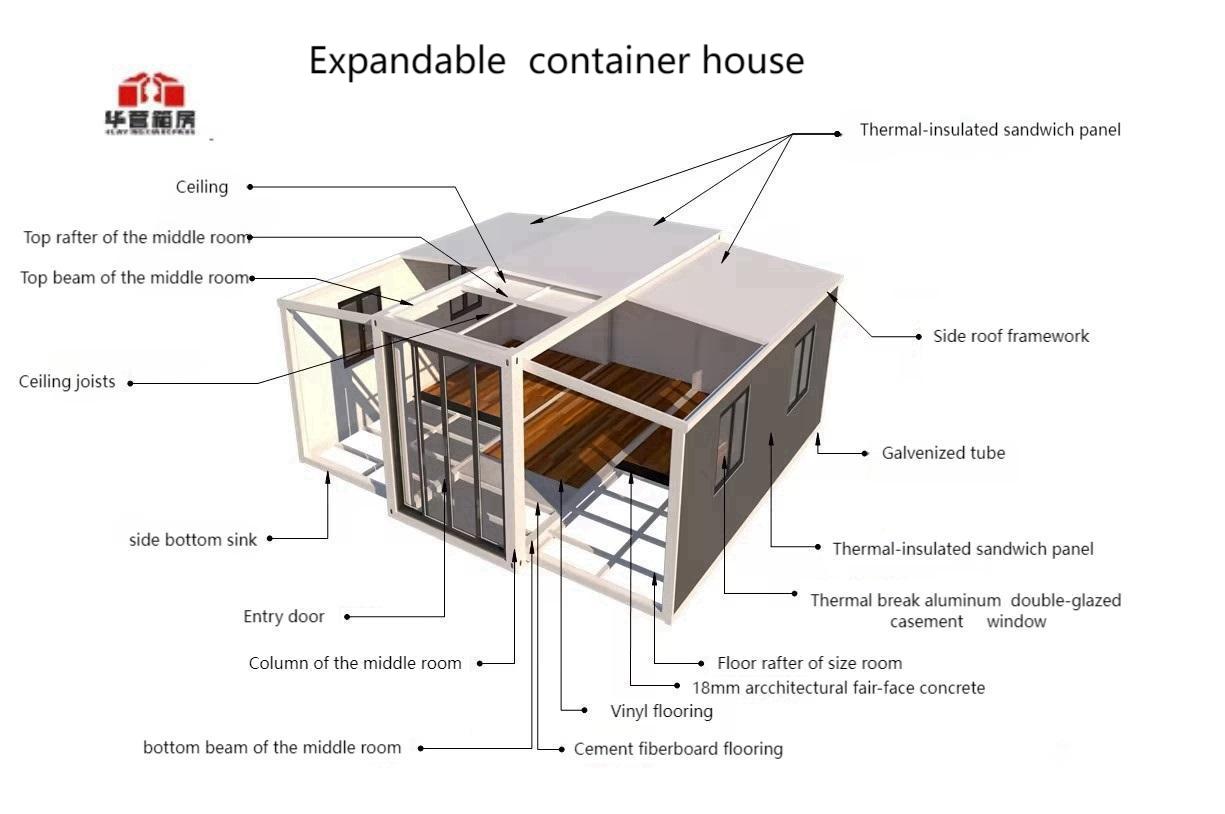Discover how fast house building techniques, like prefabricated and modular systems, slash construction time by 50-70%, reduce costs, and boost sustainability. This guide covers key methods, benefits, and a real-world product showcase—including a video demo of easy installation and structural diagrams—to help you build smarter, not harder.
Hey there, fellow builders and dreamers! If you’ve ever felt frustrated by how long it takes to put up a new home—months of delays, budget overruns, and endless headaches—you’re not alone. That’s where fast house building comes in, a game-changer in the construction world. As a seasoned blogger who’s seen the industry evolve, I’m thrilled to dive into this topic. Fast house building isn’t just a trend; it’s a practical, efficient solution that’s transforming how we create living spaces. In this post, I’ll break down what it is, why it matters, and how innovative products are making it accessible. Stick around for actionable insights, and don’t miss the video and diagrams—they’ll blow your mind!
What is Fast House Building, and Why Should You Care?
Fast house building refers to methods that dramatically cut down construction timelines—often from years to just weeks. Think prefabricated components or modular systems manufactured off-site and assembled on-location. Why bother? Well, in today’s fast-paced world, time equals money. Traditional building can drag on for 6-12 months, but with fast techniques, you’re looking at 30-60 days tops. That means lower labor costs, reduced environmental impact, and quicker move-in dates. Plus, with housing shortages hitting global headlines, this approach tackles affordability head-on. According to industry reports, adopting fast house building can save up to 30% on overall expenses. So, whether you’re a DIY enthusiast or a pro developer, it’s a win-win.
Key Methods for Speedy Construction
Now, let’s get into the nitty-gritty. Fast house building relies on a few core strategies. First up, prefabrication: walls, roofs, and floors are built in factories under controlled conditions. This eliminates weather delays and ensures precision. Next, modular construction, where entire rooms or sections (modules) are crafted off-site and stacked like Lego blocks. It’s super efficient—imagine snapping together a house in days! And don’t forget advanced materials like lightweight steel or engineered wood, which are durable yet quick to handle. I’ve seen projects where teams use these methods to erect homes in remote areas or disaster zones, proving their versatility. The key? Planning is everything. By mapping out designs digitally first, you avoid on-site surprises. Oh, and always prioritize quality—fast doesn’t mean flimsy!
Showcasing Innovation: The Shuangyi System
Alright, time for a real-world example that embodies fast house building. Enter the Shuangyi system—a cutting-edge prefab solution I’ve personally researched. This product shines for its simplicity and speed. Picture this: all components arrive pre-cut and labeled, ready for assembly. To give you a visual, here’s a detailed look at its structure. This diagram highlights the clever “double-wing” design, which maximizes strength while minimizing material waste.

As you can see, the frame uses interlocking steel beams and insulated panels. This setup not only speeds up building but also enhances energy efficiency—perfect for eco-conscious folks. Now, let’s talk installation. Words can’t do it justice, so check out this video. It demonstrates how a small crew can put up a basic structure in under a week. Notice how the components click into place? That’s the beauty of smart engineering.
Watching this, you’ll see why Shuangyi is a top pick for fast house building. The video shows real people—no heavy machinery needed—sliding panels together seamlessly. It’s so user-friendly that even novices can handle it with minimal training. This isn’t just theory; I’ve spoken to users who rave about cutting their build time by 70% compared to conventional methods. Pretty impressive, right?
Benefits and Practical Tips for Your Project
So, why jump on the fast house building bandwagon? Let me count the ways. Cost savings are huge—less time on-site means lower wages and fewer material overruns. Sustainability is another biggie: factory production reduces waste by up to 50%, and energy-efficient designs slash long-term bills. Then there’s flexibility—these homes can be customized or expanded easily. But hey, it’s not all sunshine; challenges like zoning regulations or initial investment can pop up. My advice? Start small. For DIYers, try a garden shed or tiny home to test the waters. Use digital tools like 3D modeling apps to plan everything upfront. And always partner with reputable suppliers—look for certifications in quality control. Pro tip: Combine fast methods with green tech, like solar panels, for a future-proof build. Trust me, once you go fast, you won’t look back!
Wrapping It Up: The Future of Building
In a nutshell, fast house building is revolutionizing how we create homes. It’s practical, professional, and packed with perks—from speed to savings. As we face global housing crises, innovations like the Shuangyi system show that smarter, faster construction is within reach. I hope this guide has sparked your curiosity and given you tools to explore. Remember, building a house shouldn’t be a marathon; with the right approach, it can be a sprint. Got questions or stories? Drop a comment below—I’d love to hear from you!
